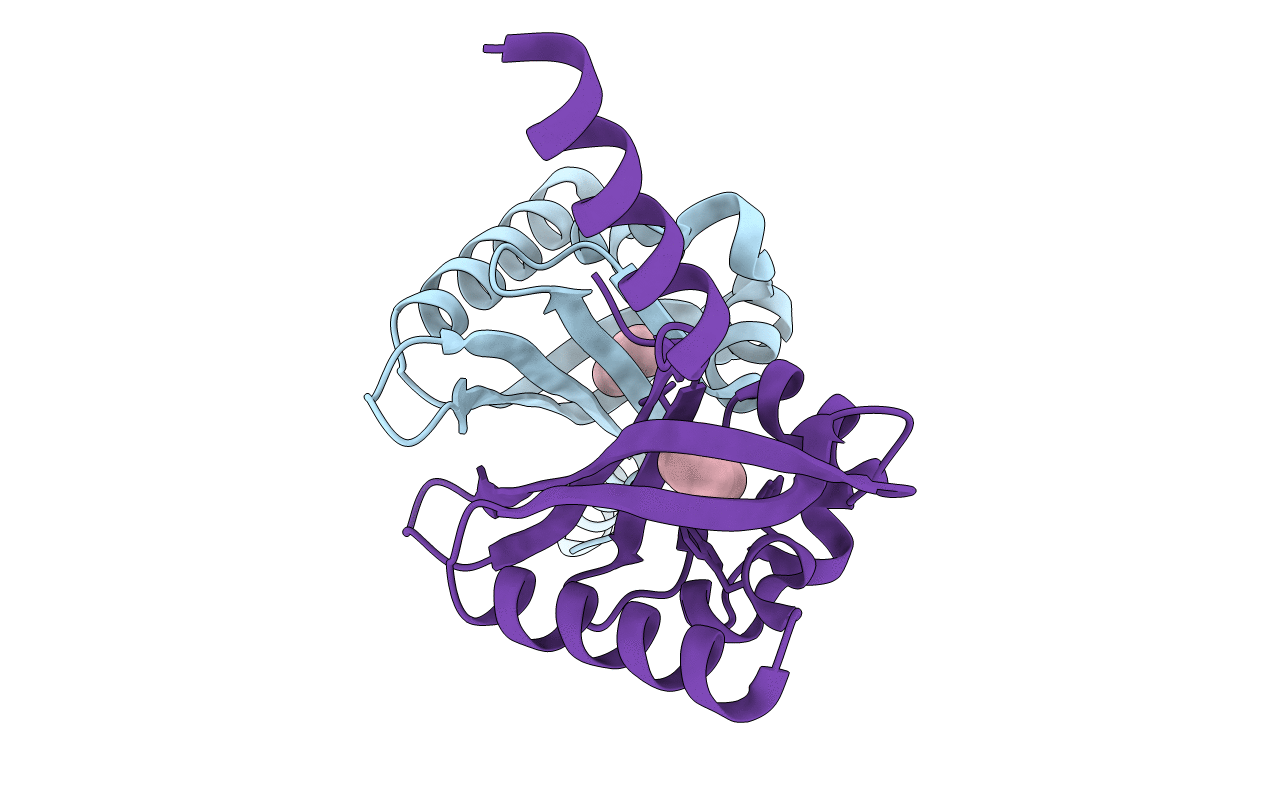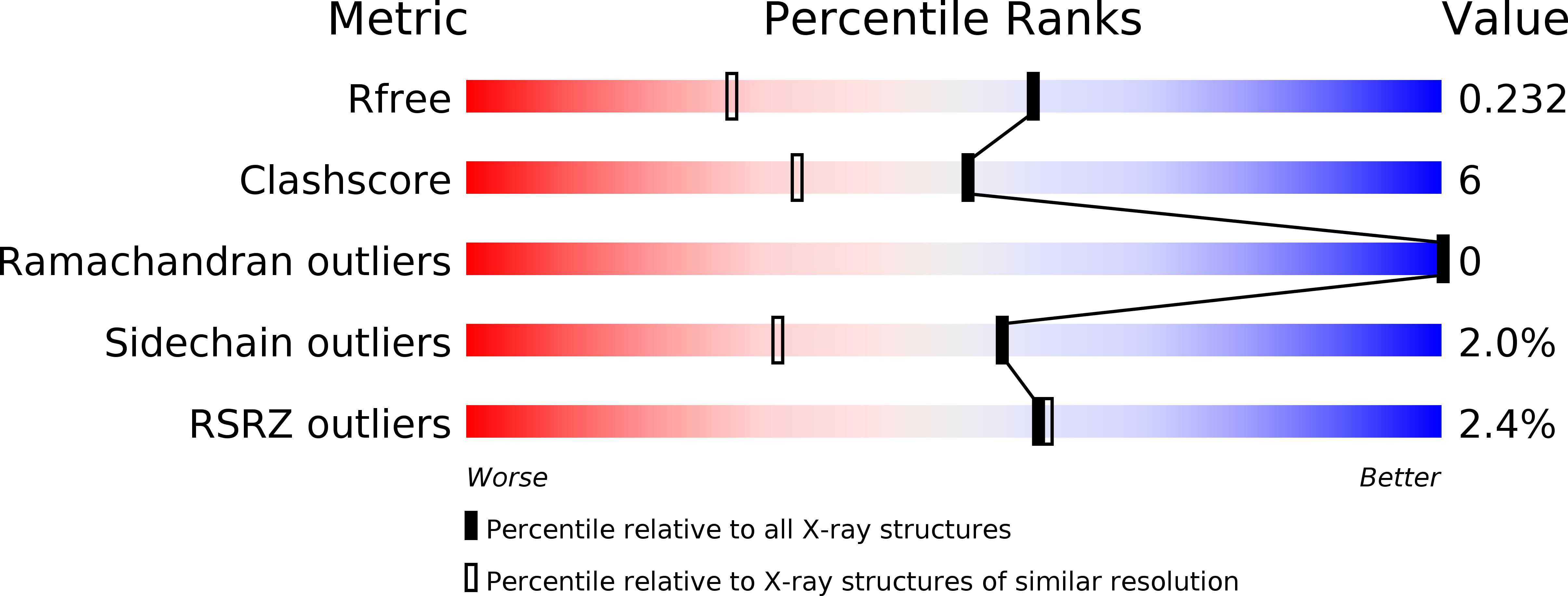
Deposition Date
2016-01-29
Release Date
2016-03-02
Last Version Date
2024-10-23
Entry Detail
Biological Source:
Source Organism:
Pseudomonas putida (strain F1 / ATCC 700007) (Taxon ID: 351746)
Host Organism:
Method Details:
Experimental Method:
Resolution:
1.65 Å
R-Value Free:
0.23
R-Value Work:
0.17
R-Value Observed:
0.18
Space Group:
P 21 21 21


